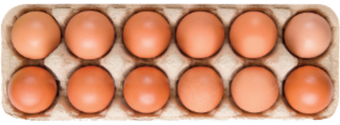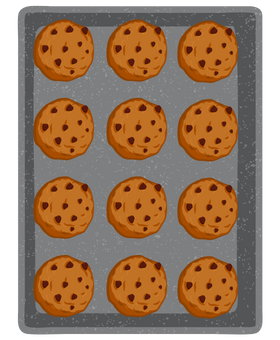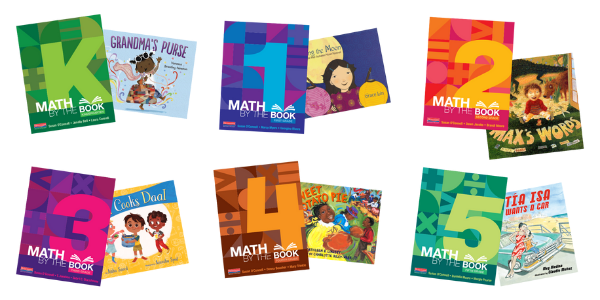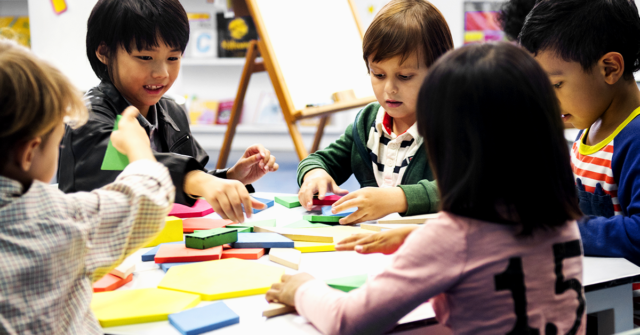
By TJ Jemison, coauthor of Math by the Book: Third Grade
No one is born with or without a “math brain.” As a culture we need to move beyond the misconception that some people were “born to do math” while others were not.
While the types of jobs our schools prepare our students for have changed drastically in the last 40-50 years, our evolution of math instruction has not kept the same pace. In 1970, “calculation skills” was the second highest sought after skill of employees applying for jobs at fortune 500 companies. In 2021 there are apps like PhotoMath which can calculate, as well as show all the steps to, any expression or equation--making this skill almost obsolete.
Companies are now looking for workers who are flexible, problem solvers, and excellent communicators. Our job as teachers has shifted now to where we must engage, excite, and help students understand concepts so well that they can explain to others in their own words. These take time and practice to develop.
Children’s literature in elementary math
Many classrooms now incorporate a Launch, or Number Sense Routine, into their daily math instruction. Using children’s literature to entice traditionally trepidatious individuals into doing mathematics that connects to a shared experience is a great place to start.
Children’s literature has such a vast collection of stories that encompass the identities of all the students in our schools and classrooms. This creates opportunities where all students feel included and represented in the stories and therefore more comfortable to share and engage in the mathematics that connect to those stories.
Stories have also been used across many settings over time to help individuals remember and retain important information. Leveraging this through the context of mathematics helps students learn important concepts when developed using rich resources by skillful educators.
Try it: Mango, Abuela, and Me
A great example of using children’s literature is the story Mango, Abuela, and Me, by Meg Medina. In this story Mia’s grandmother comes from far away to live with Mia and her family. At first, they cannot communicate because of their language differences, but through shared experiences Abuela (grandmother) learns English and Mia learns Spanish. In the story they cook together using eggs (huevos) and other ingredients.
Using this as a launching point after reading the story students can be shown an image of eggs/huevos in a dozen container. Asking “What do you notice? What do you wonder?” is a great way to invite all learners into the task.
Third grade students will see the additive qualities of 6 + 6 or 2 + 2 + 2 + 2 + 2 + 2 and depending on the time of year may see the multiplicative qualities of 2 x 6 or 6 x 2. Some students might even start making connections to division or to fractions. By allowing these ideas to grow out of an image related to the story the math belongs to the students and is less about “learning math facts” and more about “doing math” because they are invested, engaged, and excited about the extensions from the story.
This is also a great way to get into some major concepts in mathematics by building on students’ ideas. You might guide a discussion with questions like:
- If we turn the picture, is 6 x 2 the same as 2 x 6?
- Do they have the same value (or number of eggs)?
- Will that always work? How else could we find out?
Building a culture of wonder and curiosity in mathematics is critical to changing the exclusive cultural narrative we have developed over the years and decades around math.
Stories have a natural way of building this curiosity into the work we extend from them with students. Routinely doing these types of activities creates multiple opportunities for all students to engage in the mathematics and to practice their reasoning, explaining, and listening skills.
A perfect context for exploring division
Another great story to use for launching a number sense routine is Around Our Way on Neighbors' Day by Tameka Fryer Brown. In this story neighbors gather at a block party for a day of food and fun. Neighbors bring different types of food and they all share—setting up a perfect context for division.
Using images of chocolate chip cookies arranged in arrays we can extend the story by showing cookies that have come out of the oven on the trays. What do they “notice and wonder?”
Again, this allows all students to engage in the activity. Using a 4 x 3 array of cookies allows students to again show their ideas and thoughts around addition and multiplication but more importantly in the context of this story—division. “What if there were three people sharing the cookies? What if there were two people? four people?”
Some students might challenge themselves to start thinking about fractions: “What if there were 24 people who all wanted some cookie?” Of course, not all images we show to engage students should be based on food—these two stories happen to lend themselves to that—but there are many other contexts to extend from children’s literature as well for launching math time.
Stories support curiosity and engagement
By engaging and creating excitement with our students we make the task of teaching specific grade level math skills and concepts easier. When students are engaged, they are naturally curious and often the ideas come from them—and therefore they are more engaged.
Helping students to listen to and interact with other students’ ideas and thoughts on a regular basis helps all students to learn the foundational and important ideas that students will need to be successful with mathematics and therefore successful in life. What children’s stories do you think lend themselves to a launch for your math class?
* * *
Children's literature offers memorable opportunities to discuss mathematical ideas and connect those ideas to meaningful contexts. The new Math by the Book series is dedicated to teaching mathematics strategically through literature. Each book in this grade-by-grade resource features children's literature and a collection of activities and teaching strategies that uniquely address critical grade-specific skills and content.

TJ Jemison is the coauthor of Math by the Book: Third Grade. He has extensive experience as a special educator, curriculum developer, and math coach. He is a dynamic workshop presenter and math consultant who facilitates professional development sessions across the United States and internationally and works with the All Learners Network.


